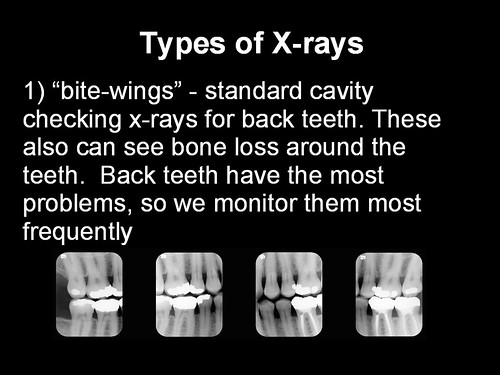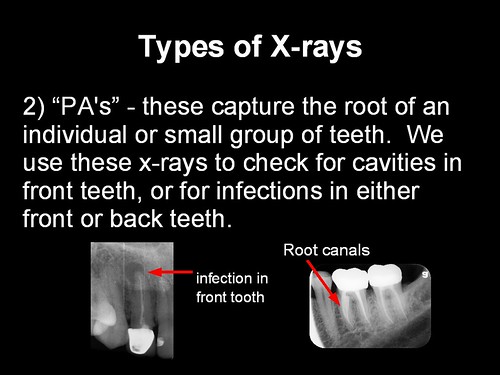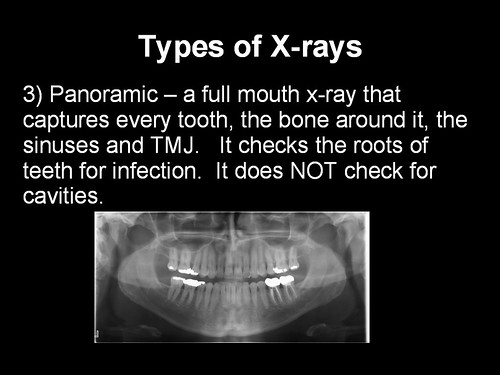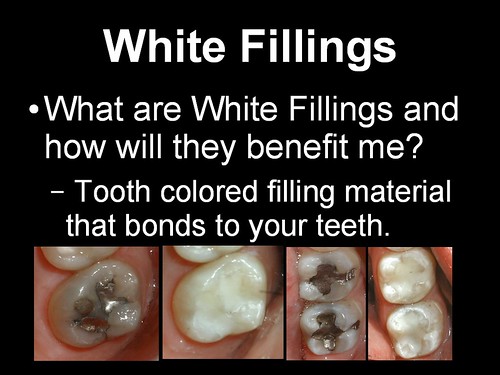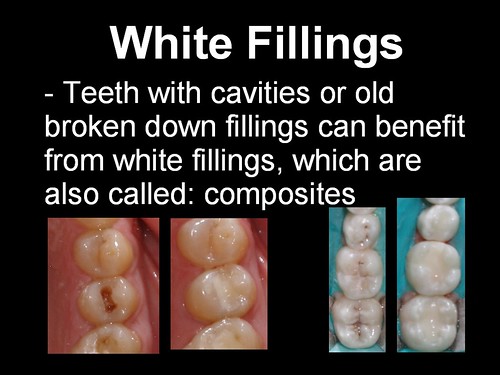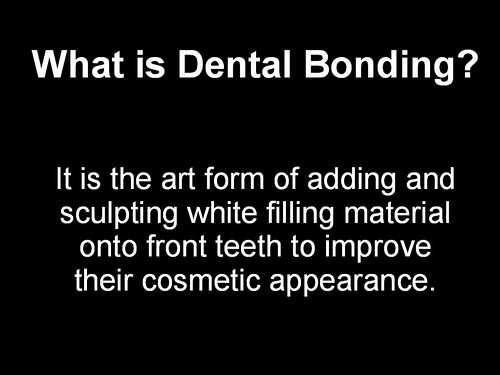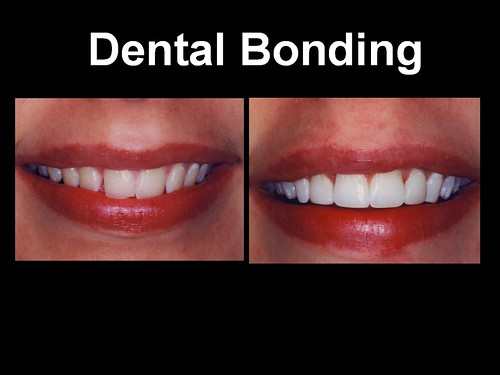Chronic dry mouth (xerostomia) is a serious problem affecting millions of people throughout the world. Xerostomia can affect persons of any age, but it is much more prevalent in older adults.
It causes a wide range of problems including:
· difficulty in swallowing
· loss of the ability to taste
· increased rate of tooth decay
· difficulty in speaking
· increase in oral infections
It is estimated that approximately 30% of persons over the age of 65 suffer from dry mouth syndrome.
What causes dry mouth syndrome?
1) Medications (there is not enough space here to list them all, but here are some categories):
· antihistamines (like Benadryl)
· antidepressants (like Elavil, Flexaryl, etc)
· anticholinergics (decongestants – like atropine)
· Diet Pills (often have a lot of caffeine which removes water from your body)
· antipsychotic (psychiatric drugs)
· anti-Parkinson agents, diuretics (“water pills”)
. sedatives (sleeping pills)
· Illegal recreational dugs
· Methamphetamines, cocaine, ecstasy
2) Medical Conditions
· Radiotherapy (radiation treatments for head and neck cancer)
· Uncontrolled diabetes
· Sarcoidosis
· Lupus· Sjorgrens’s sydrome (a disease which attacks saliva glands)
NOTE: Persons suffering from dry mouth syndrome also frequently suffer from bad breath. Bad Breath (halitosis) is a separate problem which has its own treatment protocol.
How can dry mouth syndrome be treated?
1) Choose water as your main beverage and drink 8 glasses per day. Other beverages have sodium in them also, which will further dry your mouth.
2) Limit sodium, caffeine, and alcohol (including mouthwashes with alcohol like Listerine/Scope) intake. These things also decrease saliva flow.
3) Biotene Products (dry mouth toothpaste, gentle mouthwash, dry mouth gum, and oral balance gel). These products contain enzymes of components found in natural saliva.
4) Xylitol mints, candy, and gum often stimulate salivary flow, improve breath, and will not cause tooth decay.
5) Neutral sodium fluoride toothpaste (Prevident 5000). Prevident is high-fluoride toothpaste that guards teeth from decay and has the added benefit of stimulating saliva flow if used several times daily. This is only available by prescription.
6) Saliva substitutes such as Roxane, Salavart, or Optimoist by Colgate, when used over a two week period can restore moisture. These are solutions that you simply pour in your mouth and it simulates saliva. They should be available at most drug stores.
Why is Saliva so Important?
- Saliva provides a "first defense" against chemical, mechanical, and infectious attacks
- It helps digest food
- It protects teeth from decay
- It prevents infection by controlling against an overabundance of bacteria and fungi in the mouth
- Without enough saliva you can lose your teeth to tooth decay at a very young age or develop other infections in the mouth. You also might not get the nutrients you need if you cannot chew and swallow certain food
Prescription options:
1) Salagen (pilocarpine 5mg tablets) – taken three times a day. Some side effects noted in the minority of patients.
2) Evoxac (cevimeline HCl, 30 mg tablets) – also three times daily. Reportedly have less side effects.
